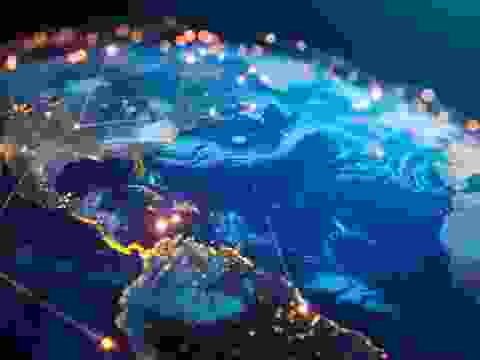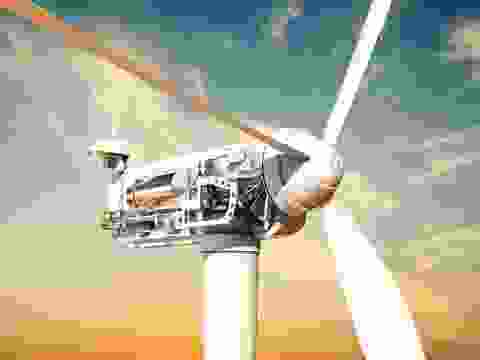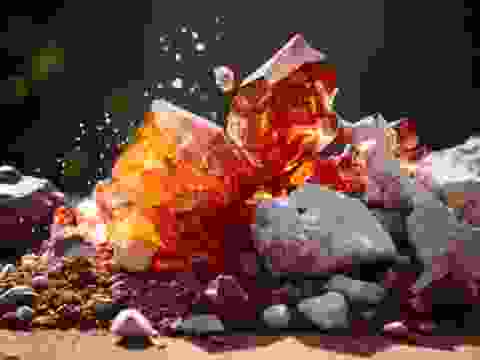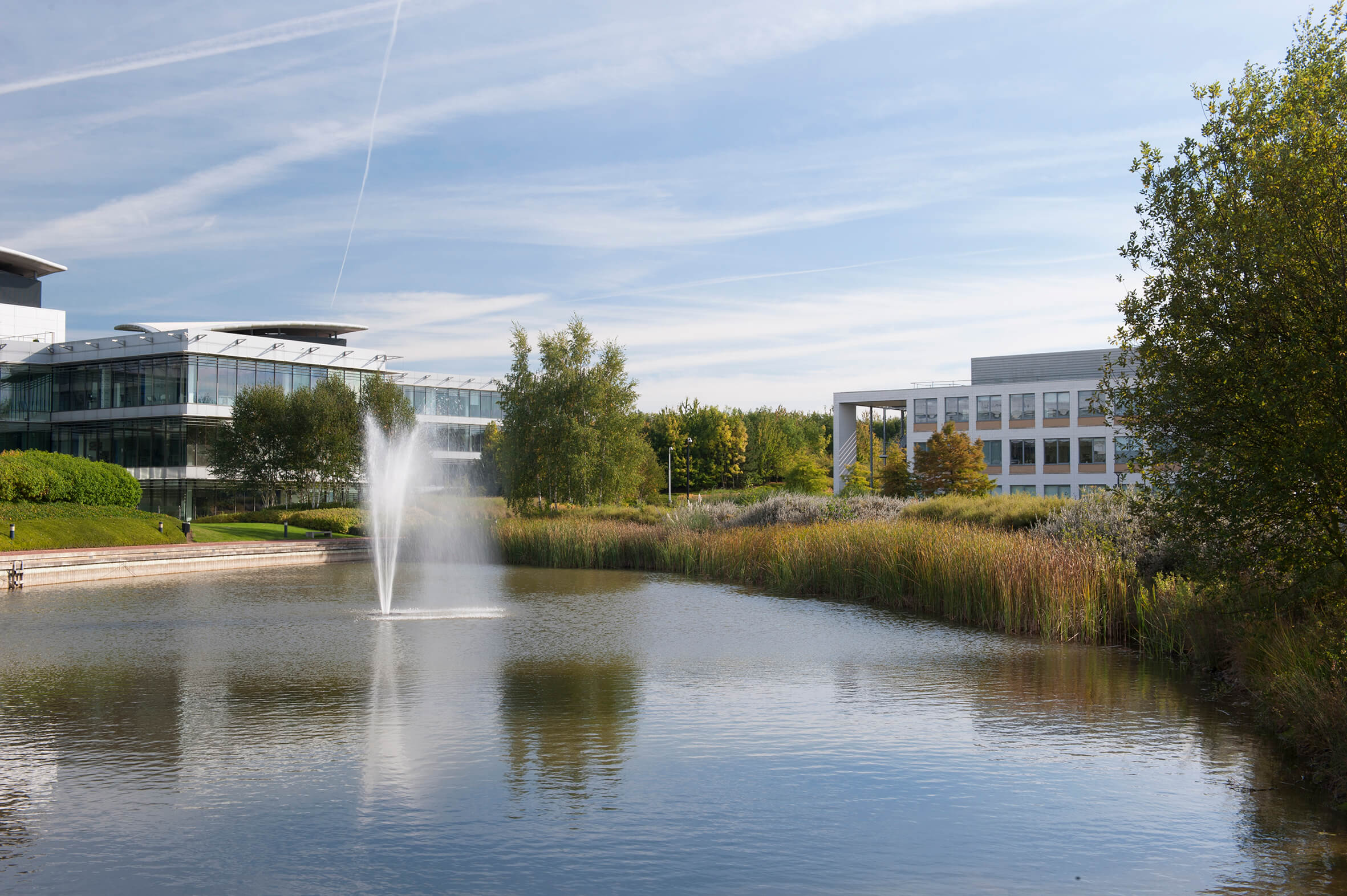Curaçao
Critical minerals, policy, and the energy transition
The Energy Transition in Curaçao
Curaçao’s energy transition reflects the island’s strategic push to reduce its historical dependence on imported fossil fuels and foster a more diversified, resilient energy system. The current energy mix remains dominated by petroleum, largely tied to the now-idle Isla Refinery, though renewable energy development, particularly wind and solar PV has gained traction. The Integrated Resource Plan (IRP) and the activities of Aqualectra, the government-owned utility, provide the framework for scaling renewable deployment and improving grid stability. Curaçao operates two major wind farms, Tera Kora and Playa Kanoa, which contribute significantly to local power generation, supplemented by growing solar initiatives. There is no domestic production of critical minerals on the island, with full reliance on imports for key materials such as lithium, cobalt, nickel, and rare earth elements vital for renewable energy technologies and storage solutions. Core challenges include ageing infrastructure, hurricane vulnerability, and financing gaps, while opportunities exist in expanding offshore wind potential, enhancing storage capabilities, and leveraging EU and Dutch Kingdom partnerships for climate resilience and clean energy investment. Curaçao’s policy focus on energy diversification and renewables positions the island to strengthen its energy independence and support economic development.




Meet the Critical Minerals team
Trusted advice from a dedicated team of experts.

Henk de Hoop
Chief Executive Officer

Beresford Clarke
Managing Director: Technical & Research

Jamie Underwood
Principal Consultant

Dr Jenny Watts
Critical Minerals Technologies Expert

Ismet Soyocak
ESG & Critical Minerals Lead

Thomas Shann Mills
Senior Machine Learning Engineer

Rj Coetzee
Senior Market Analyst: Battery Materials and Technologies

Franklin Avery
Commodity Analyst

How can we help you?
SFA (Oxford) provides bespoke, independent intelligence on the strategic metal markets, specifically tailored to your needs. To find out more about what we can offer you, please contact us.